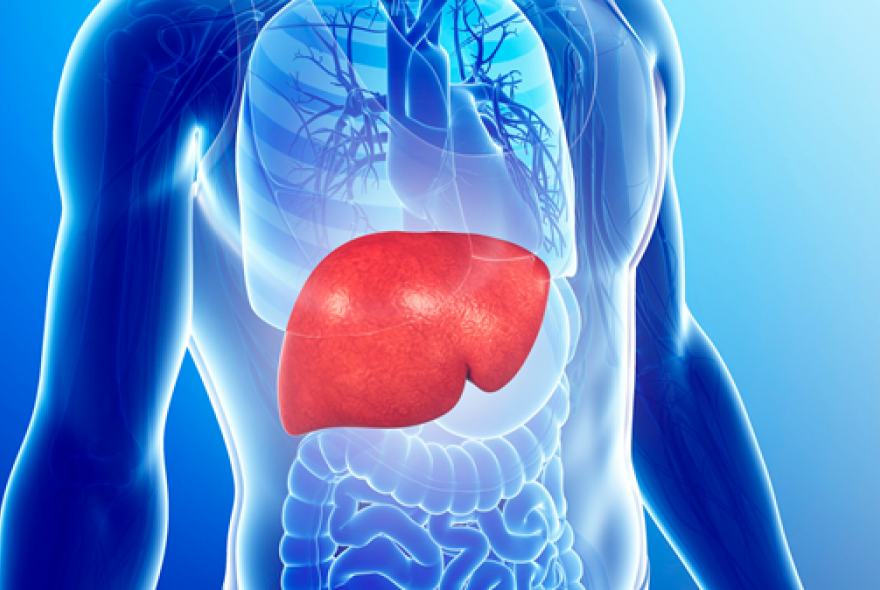Nonalcoholic fatty liver disease
Diagnosis
Because NAFLD causes no symptoms in most cases, it frequently comes to medical attention when tests done for other reasons point to a liver problem. This can happen if your liver looks unusual on ultrasound or if you have an abnormal liver enzyme test.
Tests done to pinpoint the diagnosis and determine disease severity include:
- Complete blood count
- Liver enzyme and liver function tests
- Tests for chronic viral hepatitis (hepatitis A, hepatitis C and others)
- Celiac disease screening test
- Fasting blood sugar
- Hemoglobin A1C, which shows how stable your blood sugar is
- Lipid profile, which measures blood fats, such as cholesterol and triglycerides
Imaging procedures
Imaging procedures used to diagnose NAFLD include:
Abdominal ultrasound, which is often the initial test when liver disease is suspected.
Computerized tomography (CT) scanning or magnetic resonance imaging (MRI) of the abdomen. These techniques lack the ability to distinguish NASH from NAFLD, but still may be used.
Transient elastography, an enhanced form of ultrasound that measures the stiffness of your liver. Liver stiffness indicates fibrosis or scarring.
Magnetic resonance elastography, works by combining MRI imaging with sound waves to create a visual map (elastogram) showing the stiffness of body tissues.
Liver tissue examination
If other tests are inconclusive, your doctor may recommend a procedure to remove a sample of tissue from your liver (liver biopsy). The tissue sample is examined in a laboratory to look for signs of inflammation and scarring.
A liver biopsy can be uncomfortable, and it does have small risks that your doctor will review with you in detail. This procedure is performed by a needle insertion through the abdominal wall and into the liver.



دیدگاهها
افزودن دیدگاه جدید